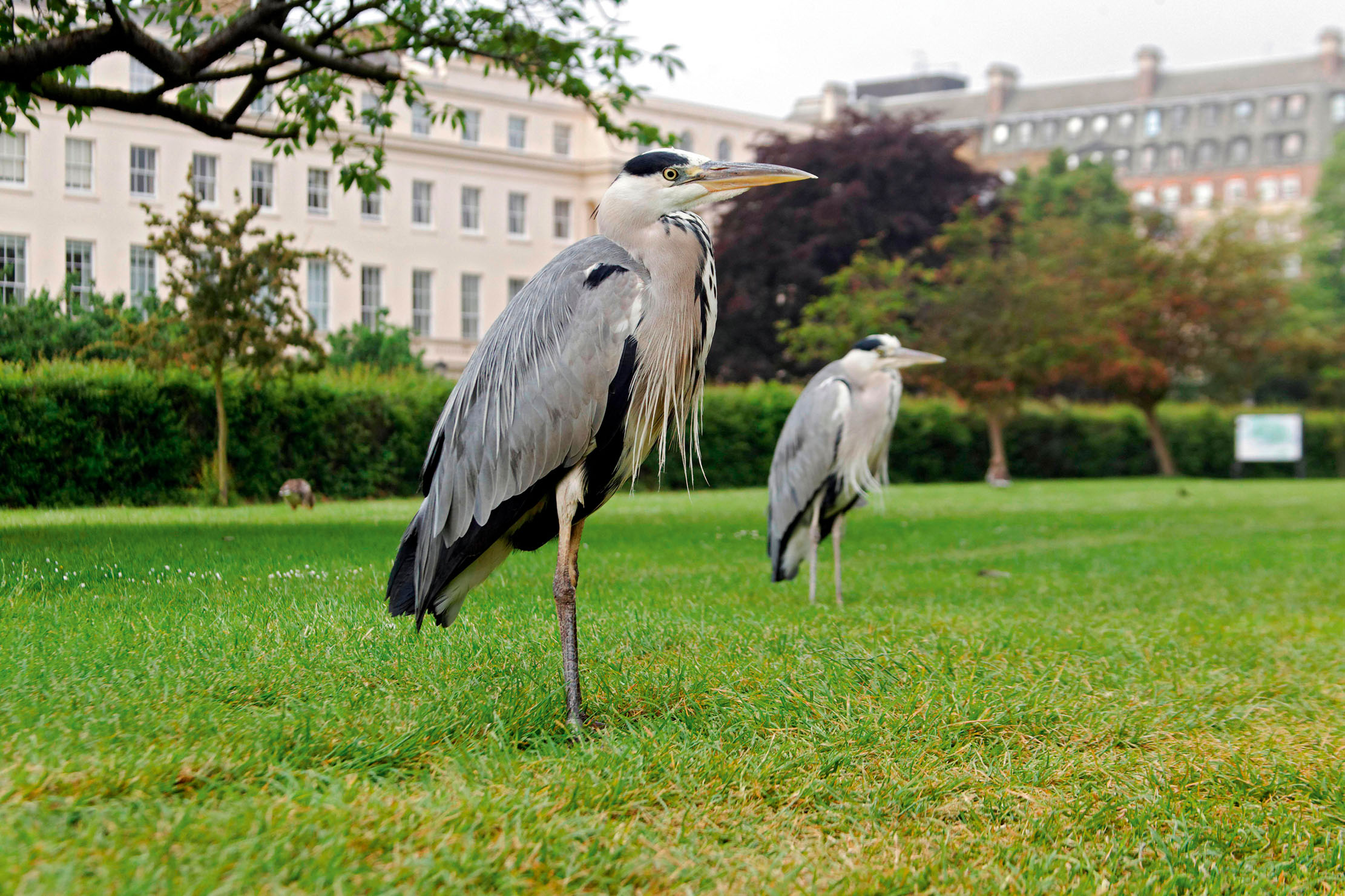London's Pleasant Pastures: Uncovering the fascinating history of the city's Royal Parks and the animals who live within them
From evidence of prehistoric life in Greenwich Park to shire horses in Richmond Park, there’s more to London’s Royal Parks than meets the eye, says natural-history filmmaker Peter Collins.
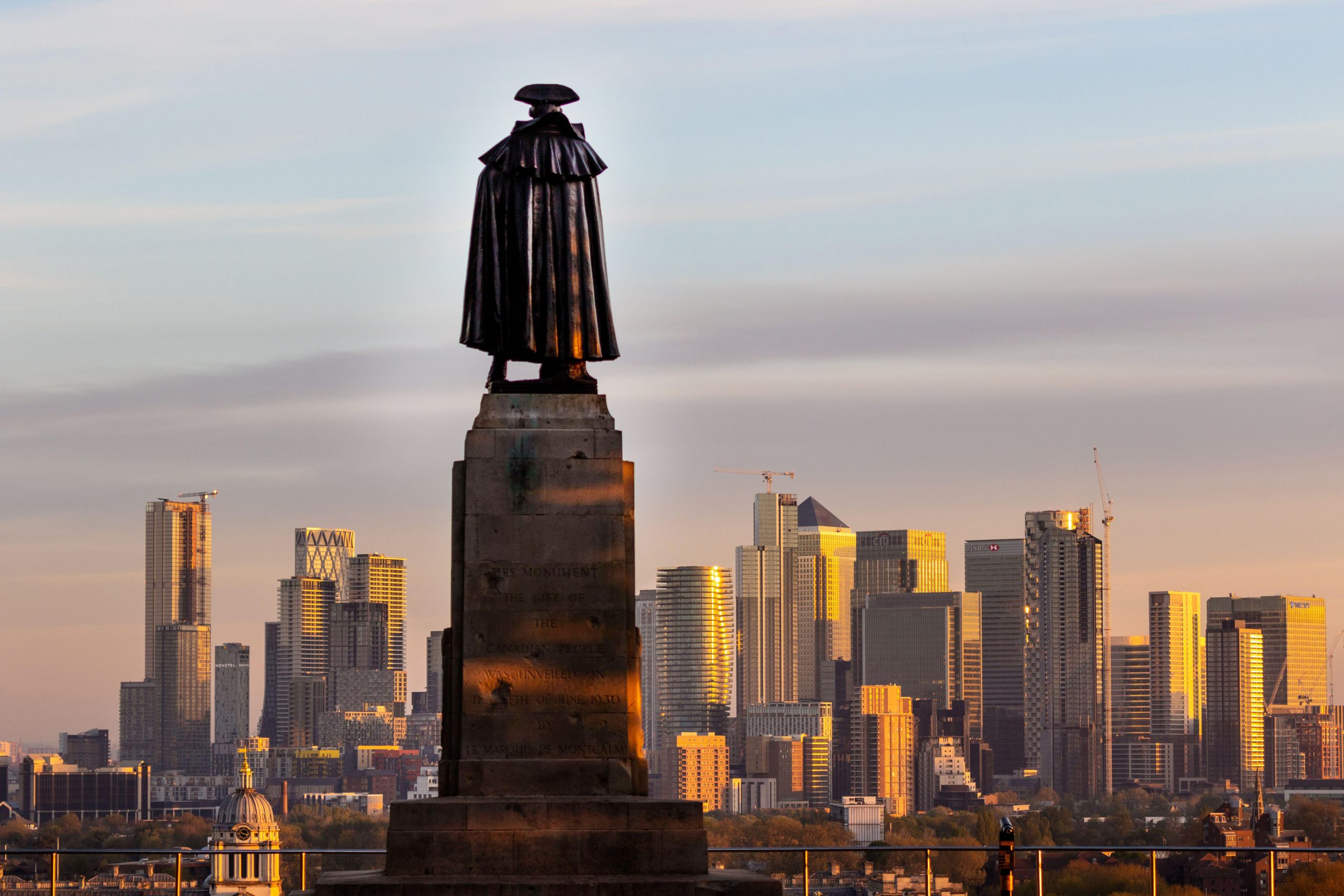

For the final few weeks of summer 2020, I was granted access to The Royal Parks to film behind the scenes for a forthcoming documentary series on More 4 (from March 27 at 9pm). The pandemic has made filming wildlife incredibly challenging, so, as a natural-history filmmaker, I was very grateful that things finally started to open up. We would miss the blockbuster summer-flowering plants, but if the Chelsea Flower Show could make a good go of it, then so could we.
To be honest, I hadn’t given much thought to the Royal Parks before; great for a picnic or a jog, but beyond that they were simply lovely green spaces. How wrong I was. Research and conversations soon uncovered their fascinating history and extraordinary flora and fauna. Having been given the green light by the channel, we assembled our specialist wildlife kit, including night-vision cameras and drones, and started to film.
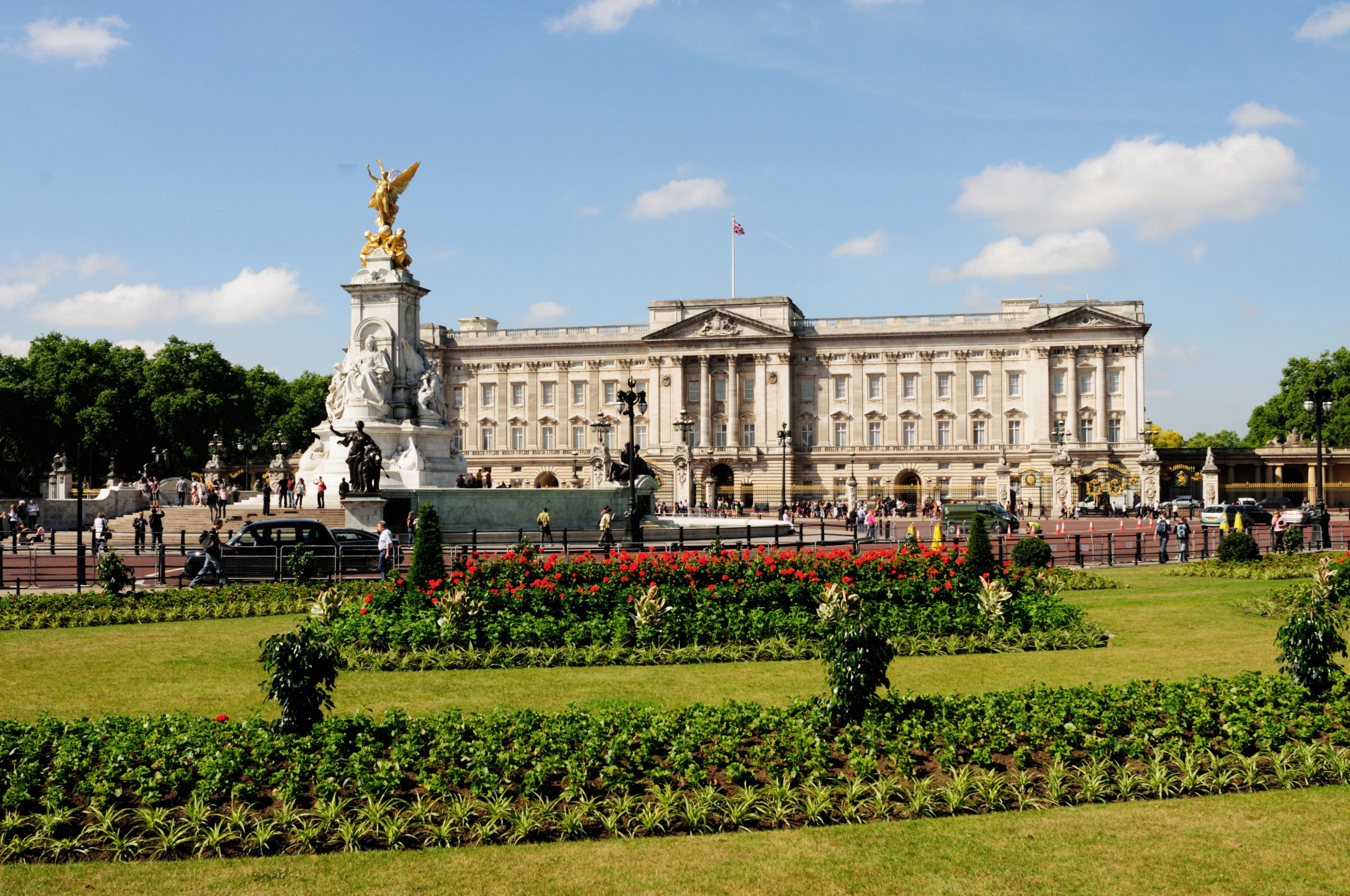
The Royal Parks cover 5,000 acres of London and are vital refuges for wildlife—more than 4,000 species of invertebrates and 100 species of birds have been recorded in them. A huge number of mammals also call these spaces home, including hedgehogs, pipistrelle bats and 1,000 free-roaming deer.
These glorious spaces also welcome more than 77 million human visitors each year, but things weren’t always so democratic. In the 16th century, Henry VIII snapped up huge swathes of the capital’s public land—starting with Bushy Park, St James’s Park and Hyde Park—and claimed it all as his own private hunting ground. Richmond Park, Green Park, and Kensington Gardens became private royal spaces in the 17th century and, in 1812, Regent’s Park became George IV’s very own playground.
The first Royal Park was at Greenwich and is, arguably, one of the most historic landscapes in Britain. It has been enclosed within its present boundaries since 1433 and at its heart of the park was Elizabeth I’s and Henry VIII’s favourite palace, known as The Palace of Placentia, now lost. But it was Charles II who had plans to transform the rather bland hunting grounds into a garden to rival other fantastical creations around the world.
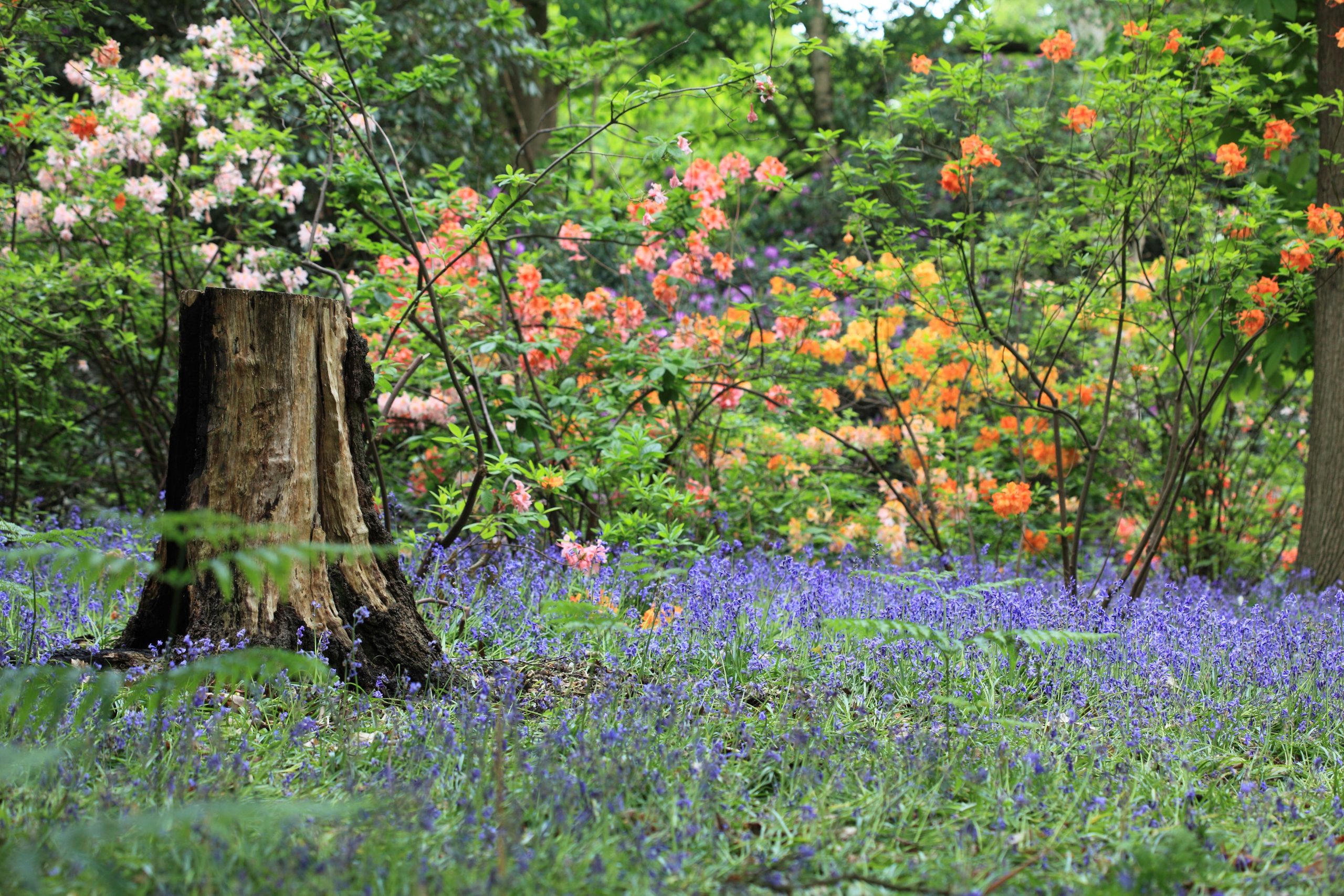
Charles hired the only person he considered up to the job: André Le Nôtre, the brains behind Louis XIV’s garden at Versailles. Le Notre sent drawings to the English King during the 1660s—detailing sweeping avenues of trees to frame the gardens and join the bottom to the top. These lines of trees can still be seen today.
Sadly, the centrepiece of Le Notre’s design has been lost—a series of steps cut into the hill that we know existed thanks to the writings of Samuel Pepys. Now, a new project called Greenwich Park Revealed plans to restore and redefine key elements of this exquisite 17th-century Baroque landscape, including The Grand Ascent, giant, grassy steps, flanked by raised banks known as parterres, leading up to the Royal Observatory.
Sign up for the Country Life Newsletter
Exquisite houses, the beauty of Nature, and how to get the most from your life, straight to your inbox.
For the programme, we filmed alongside archaeologists who are exploring the park’s Anglo-Saxon history. The removal of a tarmac path, which cuts through a 6th- to 8th-century cemetery, gave the team a once-in-a-lifetime opportunity to understand how this site has been used over the centuries. The area is dotted with 30 upstanding burial mounds or barrows. The last recorded excavation took place in the 18th century and unearthed a shield boss and spear, suggesting that the burial mounds were pagan rather than Christian. This time around, the team has found tantalising clues of prehistoric life, including fire-cracked flints that may have been used to heat water. They have also found Tudor pottery, bricks, animal bones, and Victorian picnicware, from when the park was first opened to the public in the 19th century.
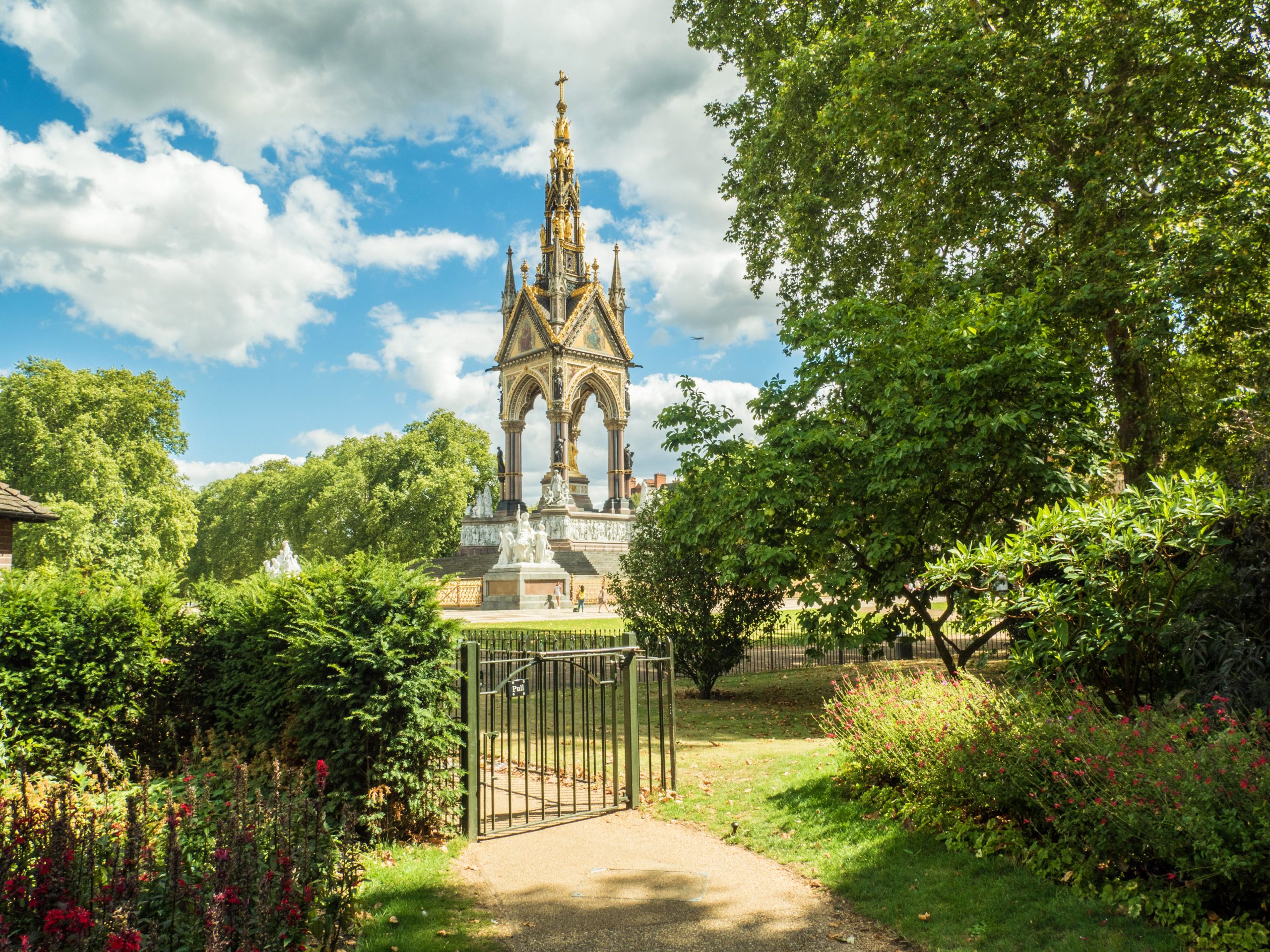
The view from Greenwich Park’s Wolfe Statue across to the City is breathtaking and it is rightly one of several protected views in London, which means that it must legally remain forever unobstructed. Others include a viewpoint at Richmond Park, from which you can see unobstructed for 10 miles all the way to the distinctive dome of St Paul’s.
Measuring some 2,500 acres, Richmond is the largest Royal Park and, thanks to its swathes of acid grassland, a Site of Special Scientific Interest since 1992. Its particular make-up is a key habitat for insects and nesting birds, best protected using old-fashioned farming methods. Enter the Shire horse: Britain’s largest breed of native horse; rarer than the giant panda with fewer than 2,000 left. Only a century ago, these beasts were the engines of farming, numbering one million in England alone.
Richmond Park is home to 10 of these gentle giants and our film crew was lucky enough to film two in action, expertly guided by head horseman Edward MacDowell. Far from a romantic re-creation of a country idyll, this ‘real horsepower’ trumps modern machinery in nearly every category. Unlike heavy tractors, the Shires can get into hard-to-reach corners and their gentle tread doesn’t compact the ground—even when pulling a traditional plough. This means that wildflowers, such as harebells and mouse-ear hawkweed, can grow more freely. The horses are a tad quieter than the tractors, too, so Mr MacDowell and his team can listen out for nesting birds when breaking back the bracken and give them a wide berth.

Back in Central London, our film crew was given privileged access to one of London’s best kept secrets. Tucked away in a corner of Hyde Park is a glasshouse built on an epic scale. The structure covers three acres and nurses 450,000 plants year round for all eight of the Royal Parks under a high-tech glass roof, similar to the one atop Wimbledon’s Centre Court, that can open and retract to 85%, allowing a whole range of growing conditions.
Blooms from the glasshouse are used in the flowerbeds surrounding the Victoria Memorial, in front of Buckingham Palace. I wonder how many people walking past these beautiful floral displays are aware that the planting is by royal command? It was George V, back in 1935 (his silver jubilee year), who declared that there should be red geraniums, Pelargonium ‘Smart Senna’, in the beds, to match the Guardsmen’s red tunics. The tradition has stood the test of time ever since.
Country Life is unlike any other magazine: the only glossy weekly on the newsstand and the only magazine that has been guest-edited by HRH The King not once, but twice. It is a celebration of modern rural life and all its diverse joys and pleasures — that was first published in Queen Victoria's Diamond Jubilee year. Our eclectic mixture of witty and informative content — from the most up-to-date property news and commentary and a coveted glimpse inside some of the UK's best houses and gardens, to gardening, the arts and interior design, written by experts in their field — still cannot be found in print or online, anywhere else.
-
 Diamonds are everyone's best friend: The enduring appeal of one of Nature's sparkliest treasures
Diamonds are everyone's best friend: The enduring appeal of one of Nature's sparkliest treasuresEvery diamond has a story to tell and each of us deserves to fall in love with one.
By Jonathan Self
-
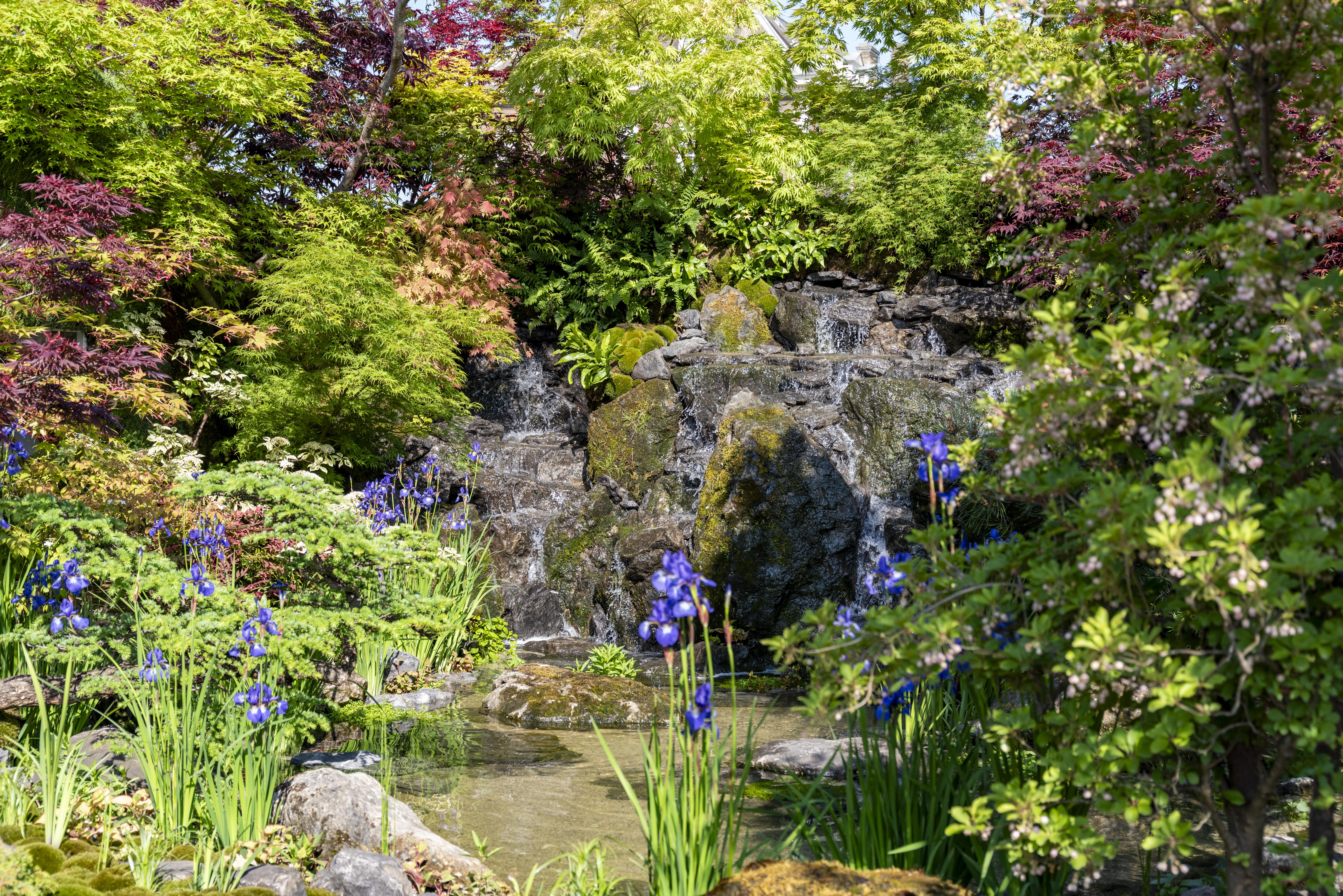 RHS Chelsea Flower Show: Everything you need to know, plus our top tips and tricks
RHS Chelsea Flower Show: Everything you need to know, plus our top tips and tricksCountry Life editors and contributor share their tips and tricks for making the most of Chelsea.
By Amie Elizabeth White
